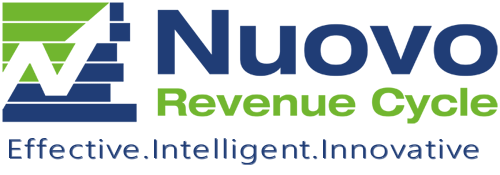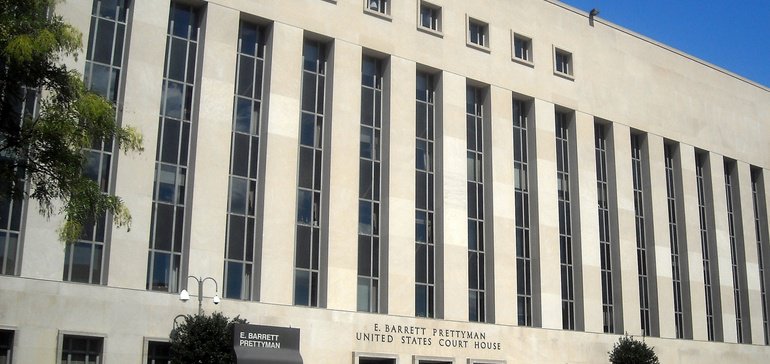By Jacqueline DiChiara on May 13, 2015
This article was originally published in RevCycleIntelligence.com
As medical costs increase due to high deductibles and rising out-of-pocket costs, healthcare consumers are emptying out their wallets in a struggle to keep up. The act of paying a medical bill is a component of patient experience and satisfaction that is often overlooked. Considering how important the act of paying a bill at or before point-of-service is, something has got to give.
The currently executed structure of patient billing and payment systems is indeed in need of a drastic makeover, confirms a report from PwC’s Health Research Institute (HRI), which compares the current healthcare industry’s consumer billing and payment system to “an inefficient antique” from a seemingly irrelevant age. This year, out-of-pocket copayments, coinsurance costs, and deductible expenses will likely top $345 billion, says HRI.
As deductibles increase, even more patients will have difficulty finalizing their bills. Likewise, the $345 billion estimate is projected to only go up. The implications of such financial increases are severe. “Research has found that as many as two out of three bankruptcies involve illness, injury, significant uncovered medical bills or a combination of these factors and the fallout from them,” confirms HRI’s data.
Four innovative strategies are defined within HRI’s report to help address such concerns: expediting digitalization, increasing payment options, implementing simplicity, and addressing claim circumvention. A better understanding of the individual needs of each patient and offering more cost-effective payment options will amplify patient satisfaction and effectively reduce negative debt, confirms HRI.
Those who can’t pay are apparently saving money by staying clear of the physician’s office. “Already, one out of every three Americans is skipping essential care because they can’t afford it,” states Craig Hodges, CEO of CarePayment. “If providers want to engage patients clinically to improve health outcomes and lower costs, they first must engage them financially.”
Adding to such complications, the healthcare industry struggles to maintain complicated relationships between consumers, providers, and insurers, states HRI. Medical bills are simply too intricate for the average consumer to comprehend, maintains HRI. As the ICD-10 deadline looms nearer, rectification is urgently needed to mitigate financial risk.
The click and pay era is still a bit bumpy
Online payment options, mobile apps, and aggregated billing may help to alleviate this issue, confirms HRI. Getting the healthcare industry’s head out of the clouds and into cloud-based mobile permanence with the incorporation of both digitalized and real-time facets is one of many steps toward revenue cycle resolution. As the healthcare industry is in the midst of this large billing/payment transition, it struggles to understand the implications of what such technology can do, since everything is relatively new, or at least newly implemented.
The good news is healthcare consumers are becoming savvier. “Cost-conscious millennials are more likely than the general population to judge healthcare organizations based on their billing practices,” the HRI report explains. “They also are more likely to challenge medical bills, search for better deals and make value-based decisions.” Indeed, as reported by mHealthIntelligence.com, millennials are twice as likely to utilize mobile technology to manage their healthcare compared with those 66 and older.
Such news is far from shocking. But long term frustration regarding a lack of acting upon such information is a widespread concern. “People have been frustrated for many years,” says Jamie Kresberg, Director of Product Management at Citi Retail Services. “They want to view their bills, make a few clicks, pay their bills and be done,” Kresberg adds.
Engaging healthcare consumers financially is doable
Regarding strategies to increase financial engagement, one step involves understanding payment options are hardly one-size-fits-all concepts. Not every patient has a bank account, solid credit, or a credit card. “Transforming revenue cycle operations will help shrink bad debt and increase collections from consumers, as will investing in price transparency tools and providing numerous options to plan, manage and pay medical bills,” says HRI’s report.
Simply allowing beneficiaries to break up payments into smaller amounts works quite well via consumer feedback although it is not yet widely implemented, says HRI’s research. “Instead of ignoring a $5,000 bill, or a $500 monthly payment, patients will make payments of $100 a month or less over a longer period of time,” states Hodges. “It is amazing to me how long the opportunity has been around and nobody has done it,” he adds.
Secondly, an elimination of complexity from technology is needed to ensure smoother revenue cycle execution. “Digital can do its magic once the streamlining is done,” confirms the HRI report. This includes making interfaces easy to read, websites and apps easy to navigate, and text and font size readable.
Additionally, engaging the patient means offering incentives, says HRI’s data. Simple concepts like discounts or loyalty programs go a long way towards generating interest. Offering patients the option of a discount if they pay in full is something that healthcare consumers tangibly request, says HRI’s report. “We are seeing this trend more and more,” confirms Todd Craghead, Intermountain Healthcare’s Vice President of Revenue Cycle.
As patients empty their wallets to pay for their medical services, allowing them options tailored to their financial needs may increase the fluidity and expediency within the billing realm and enhance and strengthen revenue cycle overall.







No Comments